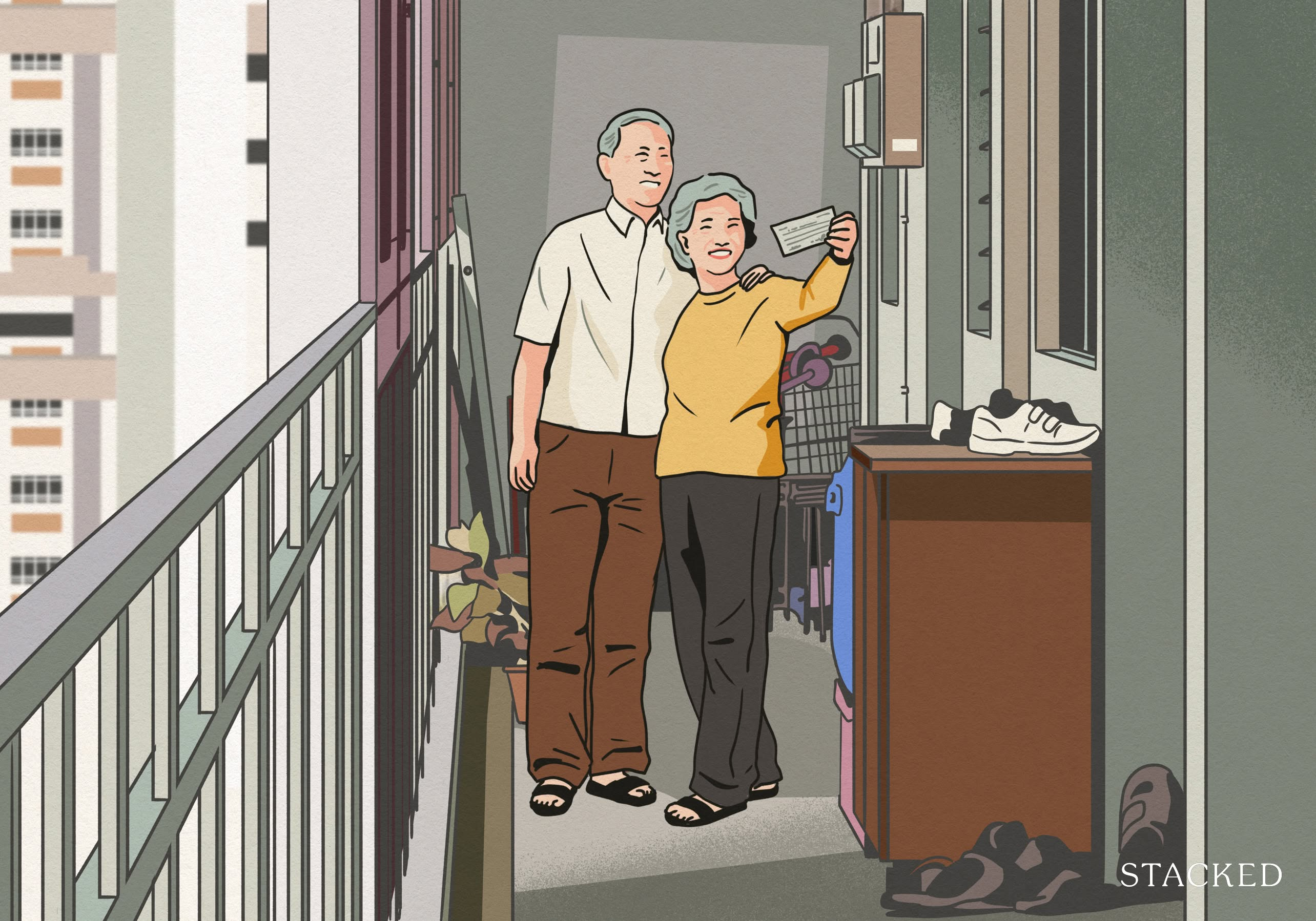How To Spot An “Undervalued Property” In Singapore In 2024: 6 Simple Tips
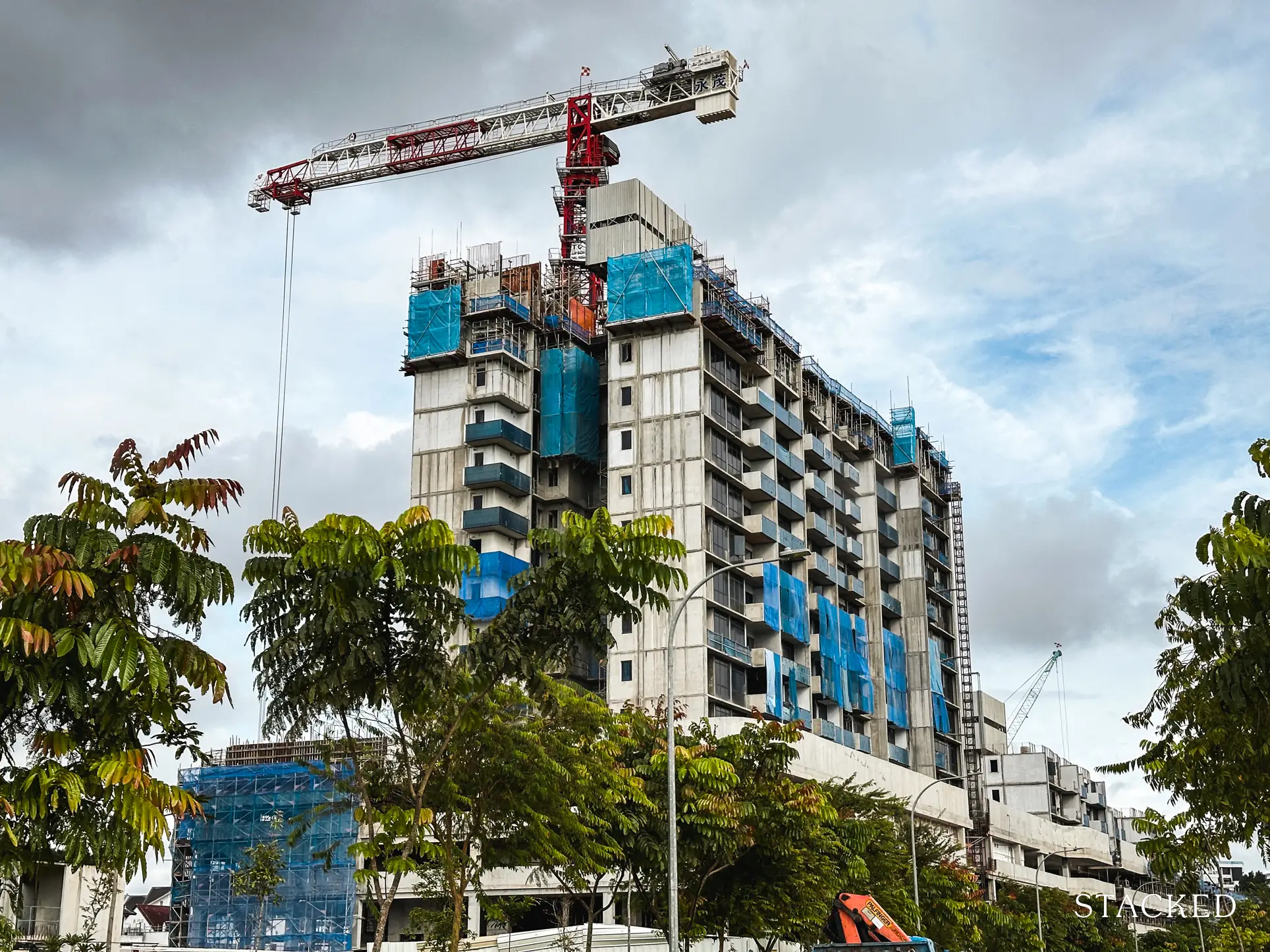
Get The Property Insights Serious Buyers Read First: Join 50,000+ readers who rely on our weekly breakdowns of Singapore’s property market.
A seasoned content strategist with over 17 years in the real estate and financial journalism sectors, Ryan has built a reputation for transforming complex industry jargon into accessible knowledge. With a track record of writing and editing for leading financial platforms and publications, Ryan's expertise has been recognised across various media outlets. His role as a former content editor for 99.co and a co-host for CNA 938's Open House programme underscores his commitment to providing valuable insights into the property market.
Undervalued properties have become a lot harder to find in today’s market. Unlike in the past, when the market was more opaque and dependent on word-of-mouth or the classifieds, the internet allows everyone to compare prices with a few taps of their phone. Nonetheless, there are still cases where sellers go under the market rates; and if you’re quick enough, you might spot them before someone else snaps up the deal. Here are some good ways to start looking:
1. The newer the launch, the wider the price gap
New launch condos will always be priced higher than existing resale counterparts; so if you see an area with upcoming new launches – or even a site that was just tendered and sold – there may be an opportunity there.
Getting a resale condo in that area could be cheaper than the upcoming launch; but in subsequent years, the new launch (or new launches) will also have an effect on the surrounding resale prices. You would, nonetheless, have gotten in on the ground floor: buying a unit at the location before average prices in the neighbourhood started to climb.
While it’s ideal to do this with upcoming launches, you can also do it where new launches or recently completed projects have appeared. There will be a brief period when the surrounding resale property prices have yet to catch up with the new property.
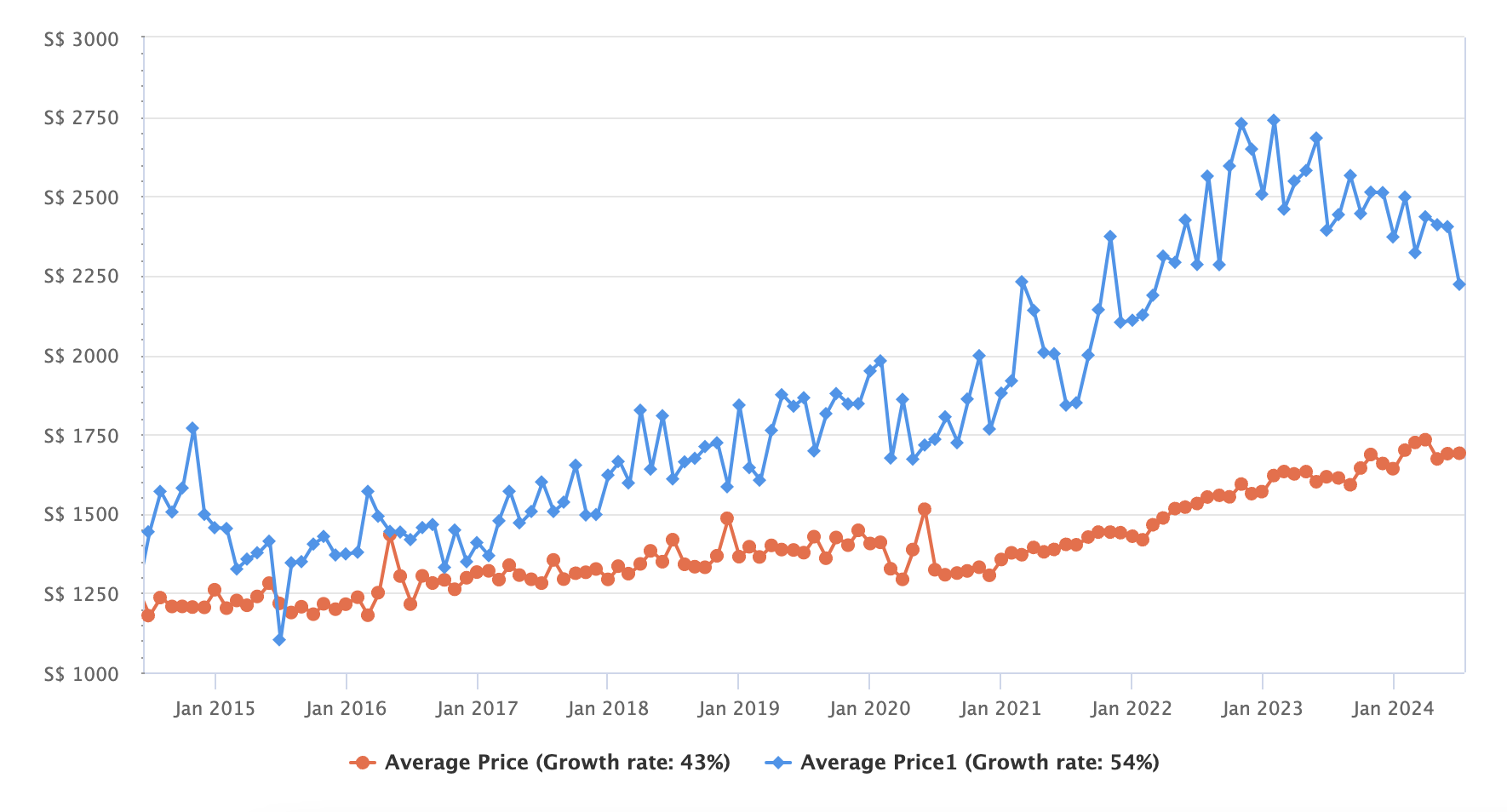
As a related factor, do pay attention to whether the upcoming project also improves the neighbourhood. Sometimes a development brings in much-needed amenities, which could cause existing resale prices to rise as well. One example of this was The Poiz Residences: prior to its arrival, there were few retail options in the surroundings. Seneca Residences is another example: it’s an integrated development that brings a much-needed commercial element to Tanah Merah Kechil Link (we mentioned this in an earlier article).
2. Premium pricing may not be too far off the normal pricing
Developers will price a stack or a unit higher if they feel it has certain advantages, like a better view, better access to facilities, etc. However, the size of the premium is sometimes more than justified.
Making this decision does require a degree of experience and acumen though. Does having a greenery view instead of an inside-facing view justify a $50,000 difference? Does a difference of $75,000 pay off, if you opt for the unit with the private lift instead of the regular ones? There’s no single answer and each project has to be analysed on its specific merits – you can reach out to us on Stacked if you need a comparison.
We’ve done some comparisons for this before in developments with a premium on certain facings versus those without (you can read more here).
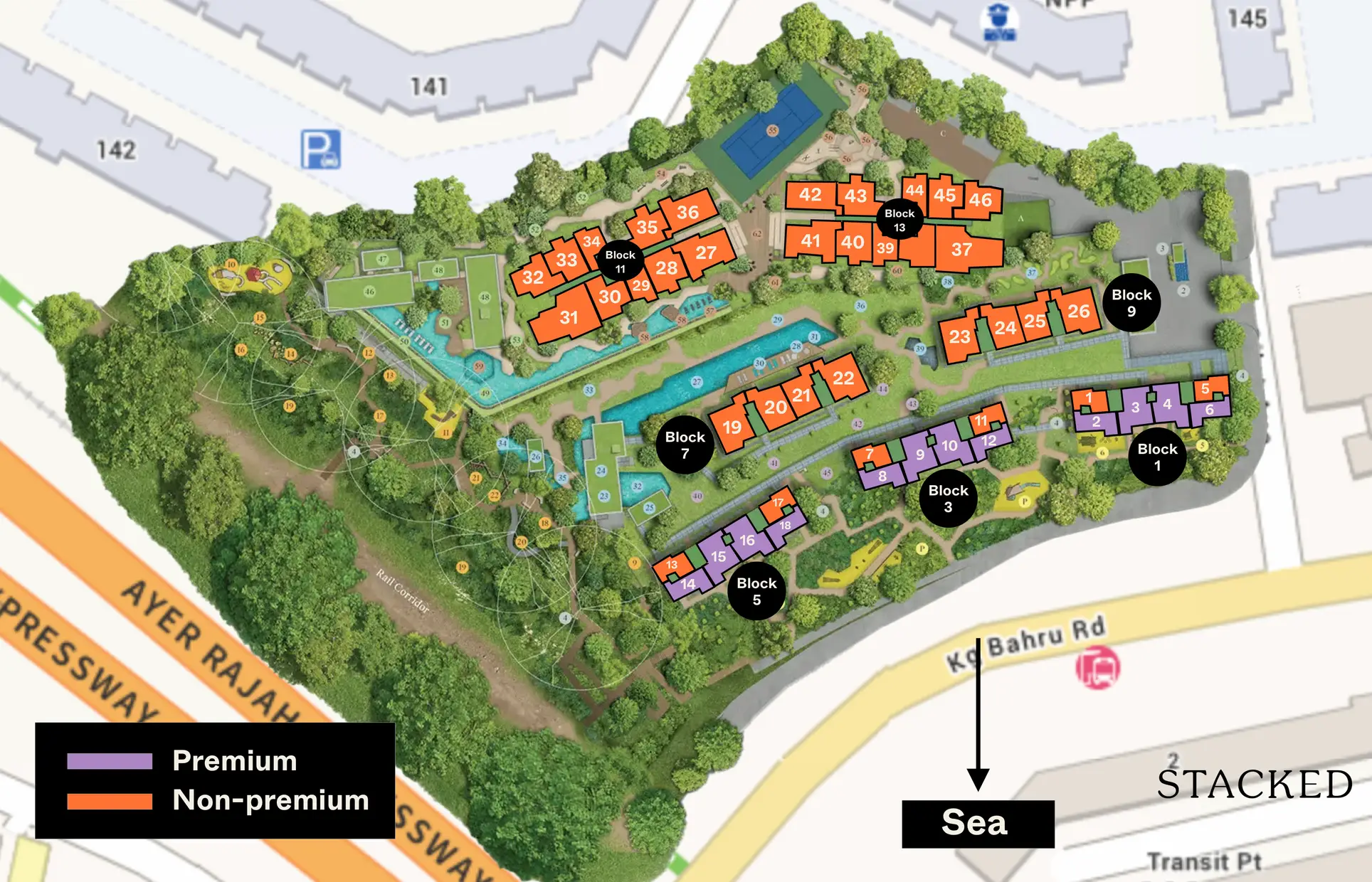
In general, however, finding a premium that’s too small for the unit’s advantages is a reliable way to get an undervalued unit.
A smaller premium difference is often also caused by one-time developer promos, such as when the developer sells units on multiple floors (e.g., first to fifth floor) at the same price. These sorts of “flash” deals tend to last for very short periods, sometimes less than a day or two; but they can be a way to underpay if you get the timing right.
3. Striking deals at property auctions
Some sellers put up a property for auction instead of going through the normal sales route. This does not mean they’re desperate by the way: sometimes buyers choose to use auctions for various reasons, such as if there are zero recent transactions in the project, or if they’re trying to sell a special unit like a penthouse, for which there’s no precedent.
More from Stacked
Should You Buy Chuan Park? A Pricing Review Against The Scala, Amaranda Gardens And New Launches Today
With 6 new launch condos launched last weekend, buyers are having a field day (or a very tough time) in…
If the auction is truly a mortgagee sale, these will usually be made clear by the agency running the auction. You do have a much better chance of finding an undervalued unit at mortgagee sales, versus the other types of auctions.
Also, don’t be surprised if the unit isn’t sold during the actual auctioning, but during private negotiations later. We daresay this happens most of the time. Watch the auction to get a sense of what others are willing to pay; and then approach the sellers with a private offer later if it isn’t sold.
You can register to attend auctions on various property agency websites, like KnightFrank, ERA, and so forth.
4. Look out for foreign sellers in prime areas
This may be a bit tougher to find as of 2024, as foreigners have a tighter grip on their properties today. If they were to sell, their replacement property would now come with a 60 per cent ABSD.
Nonetheless, foreign sellers – especially in prime areas – sometimes let go of their properties at below valuation, when they’re in a hurry to move back home. It’s no coincidence that the biggest recorded losses tend to come from foreigner-heavy areas like Sentosa, or Districts 9 and 10.
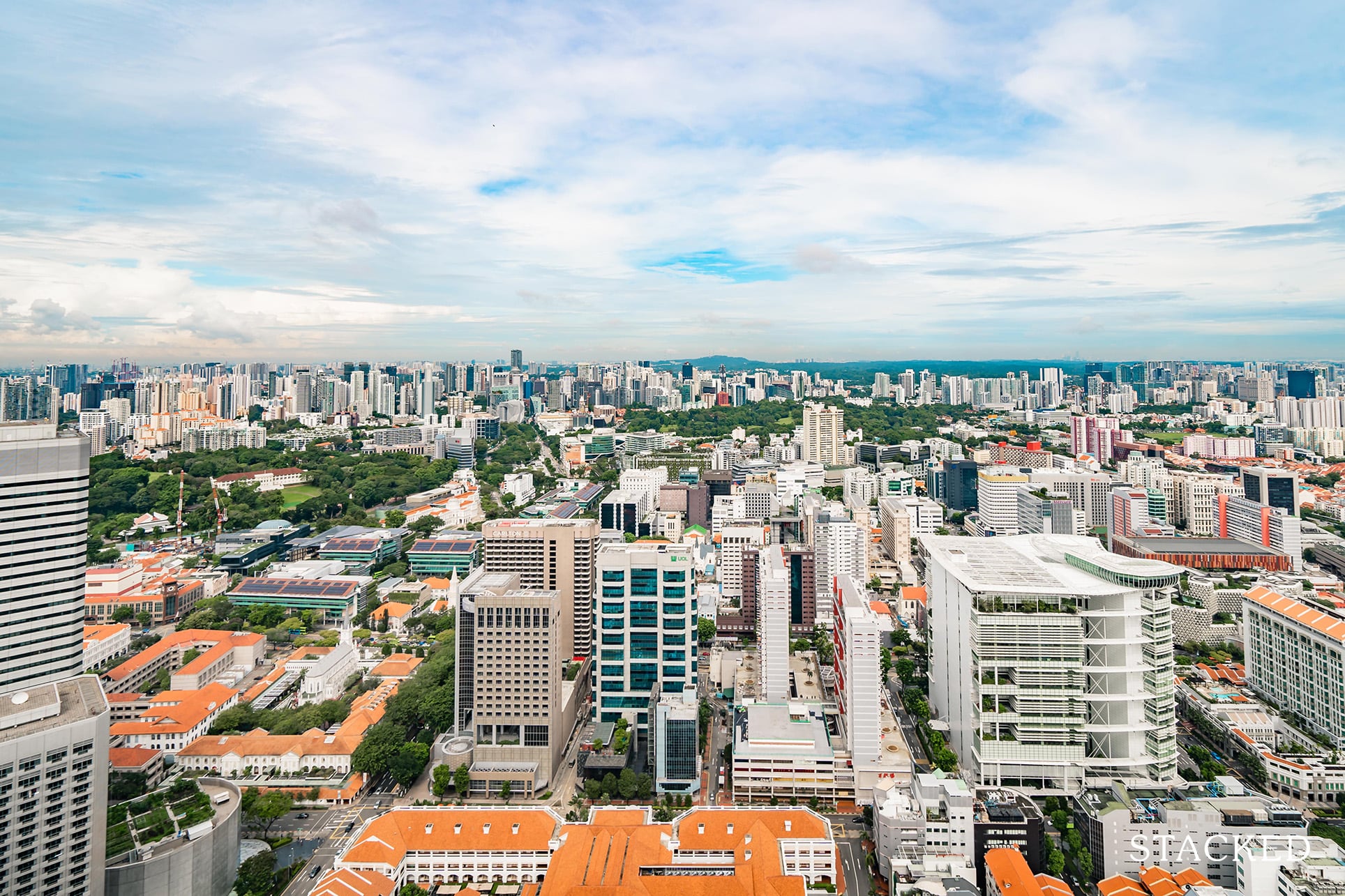
In general, foreigners who are in a rush to get home may be less penny-pinching, and more focused on speed. If they can close the transaction with you right now, they might prefer that than wait around for better offers.
The downside is that foreign ownership is much rarer in mass-market, OCR condos; so these opportunities are rare among the more affordable projects.
5. Boutique properties/low transaction volumes mean price volatility, which also means opportunity
Some properties, such as walk-up apartments or boutique properties with fewer than 50 units, tend to have few transactions. There may only be one or two transactions every few years, so the last transaction – if it happens to be unusually low – will skew the average downwards (we go into some detail on this here). This could impact the valuation and end up being priced lower than expected.
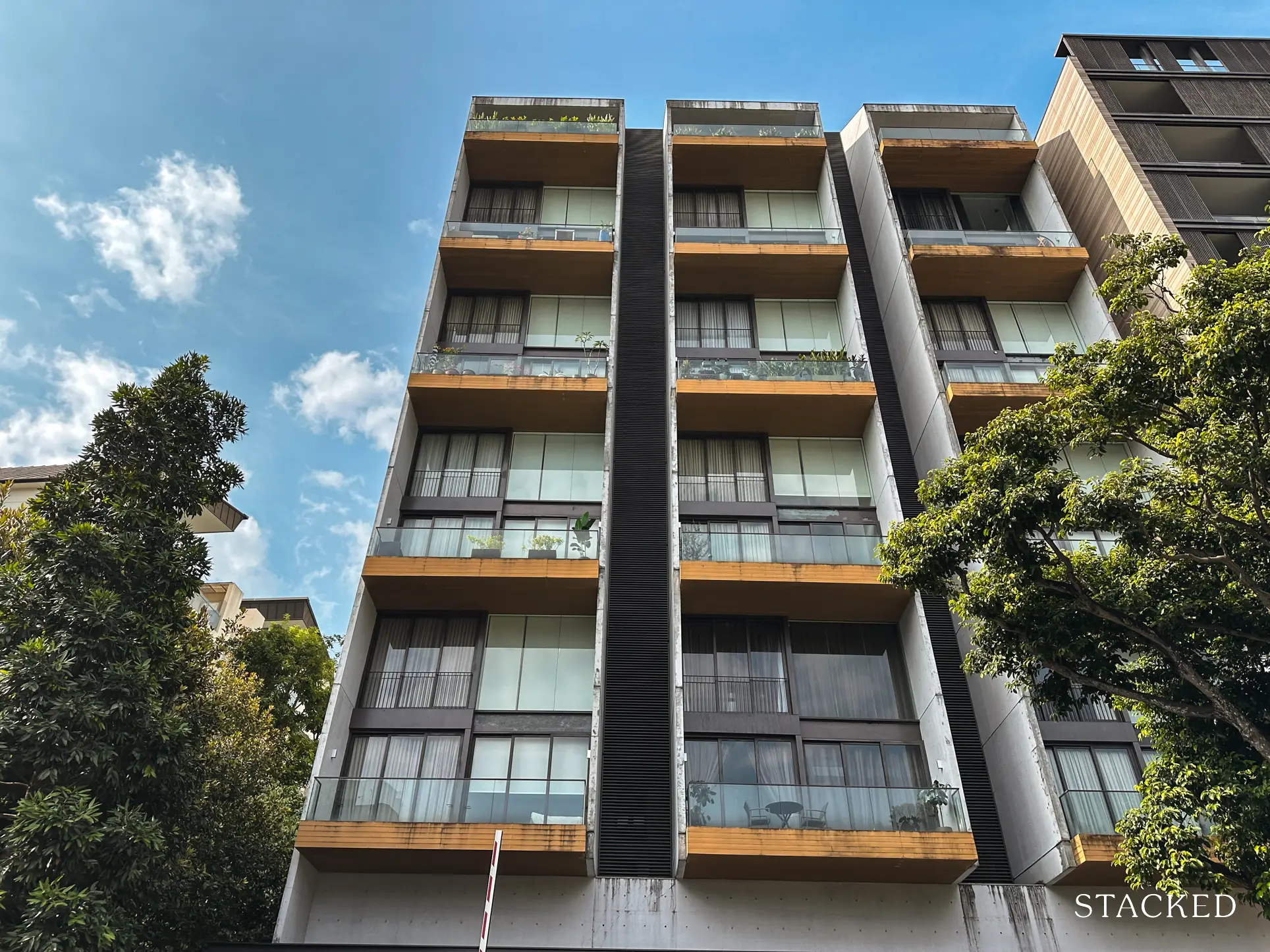
This is a double-edged sword though, as a low transaction volume can also work against you. When it comes time for you to sell, for example, the resulting resale gains can be much less predictable.
6. Use the “worst house in the best area” principle
This approach emphasises the value of the location, over the current value of the specific property. An example might be buying the oldest condo close to Bayshore MRT (Bayshore Park, built in 1986), to capitalise on the new Bayshore Estate. Prices at the older condo are likely to be lower than neighbouring options, but will still pick up as Bayshore Estate is developed.
The underlying principle here is that properties can be improved with renovation, refurbishing, etc., whereas location can’t be changed. So to find something undervalued, just focus on the best locations first, then buy and overhaul the cheapest properties in that location.
Be careful not to oversimplify the concept though: you still need to consider factors like how much it might cost to renovate the property, or the effect of lease decay after your holding period.
If you think you’ve found an undervalued property, but you aren’t sure, you can always reach out to us at Stacked for a consultation.
Ryan J. Ong
A seasoned content strategist with over 17 years in the real estate and financial journalism sectors, Ryan has built a reputation for transforming complex industry jargon into accessible knowledge. With a track record of writing and editing for leading financial platforms and publications, Ryan's expertise has been recognised across various media outlets. His role as a former content editor for 99.co and a co-host for CNA 938's Open House programme underscores his commitment to providing valuable insights into the property market.Read next from Editor's Pick

Property Investment Insights How Much More Should You Really Pay for a Higher Floor or Sea View Condo?
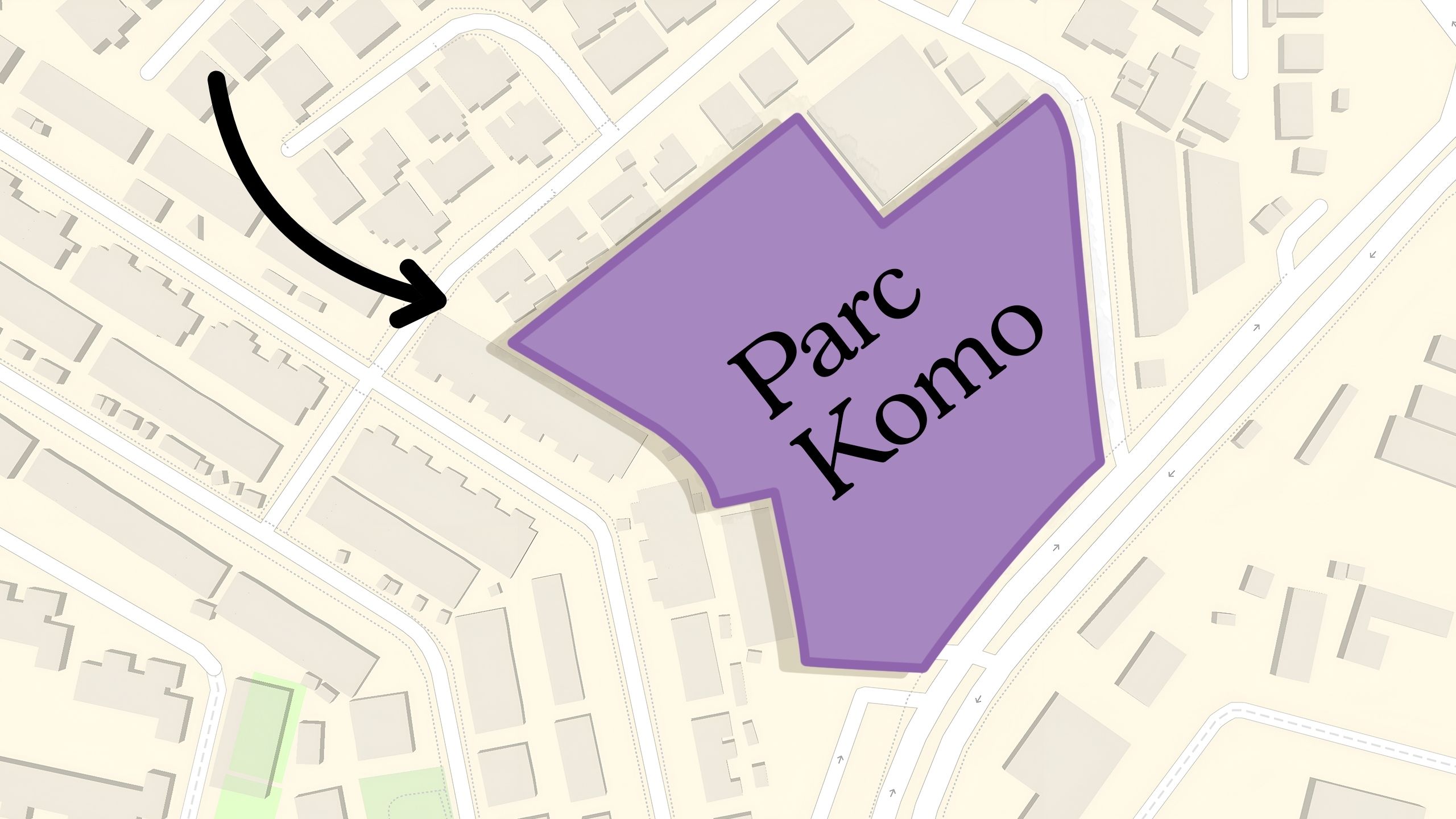
Property Investment Insights Why This Freehold Mixed-Use Condo in the East Is Underperforming the Market

Property Investment Insights Why This Large-Unit Condo in the Jervois Enclave Isn’t Keeping Up With the Market
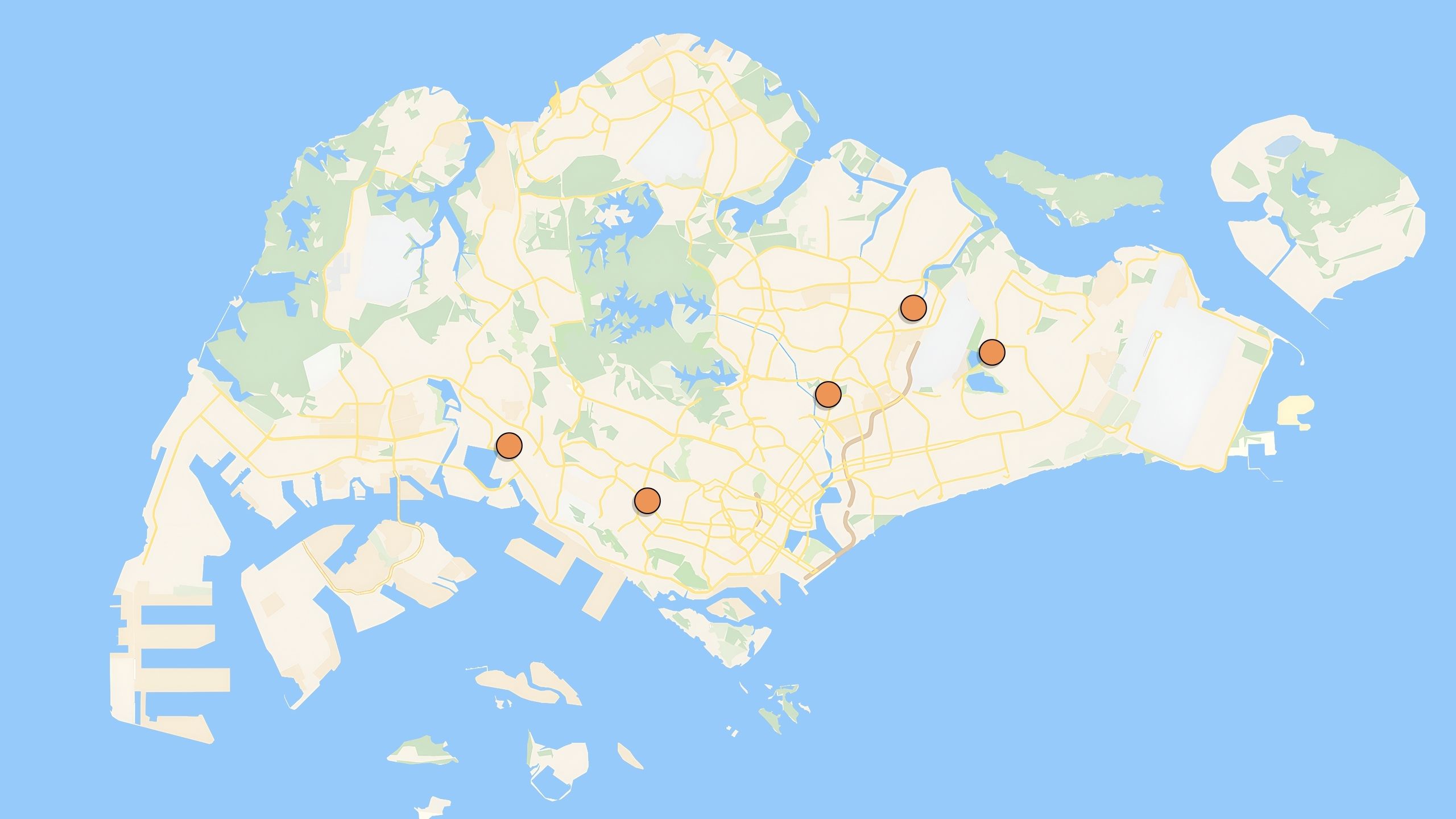
Property Investment Insights These 5 Condos In Singapore Sold Out Fast in 2018 — But Which Ones Really Rewarded Buyers?
Latest Posts
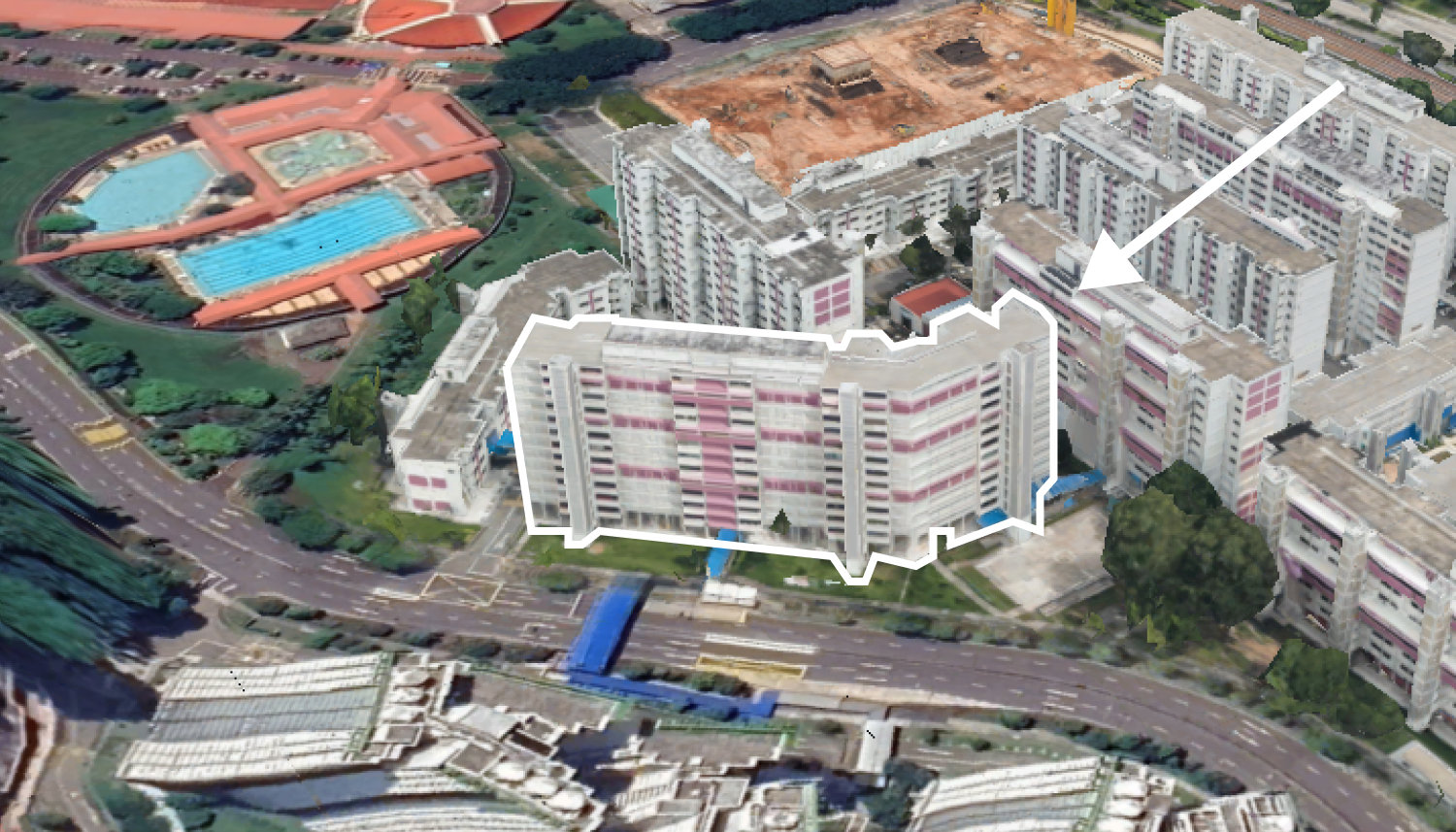
On The Market 5 Spacious 5-Room HDB Flats Under $600K You Can Still Buy Today
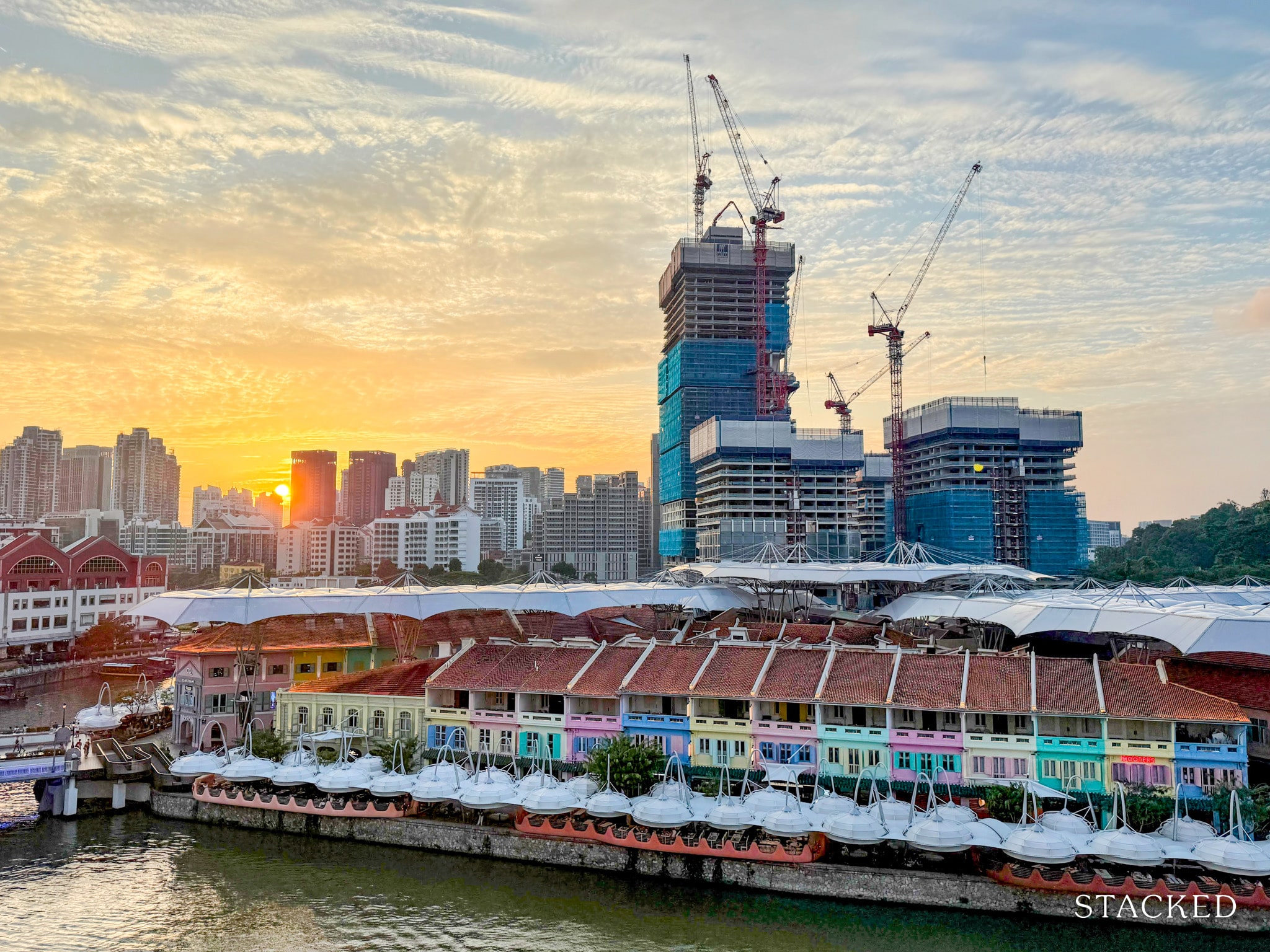
Property Market Commentary 7 Close To TOP New Launch Condos In 2026/27 For Those Looking To Move In Quick

Property Advice I Own A 55-Year-Old HDB Flat, But May Have To Sell — Can I Realistically Buy A Freehold Condo With $700K?

Property Market Commentary Why It’s So Much Harder For Young Singaporeans To Buy A Home Today
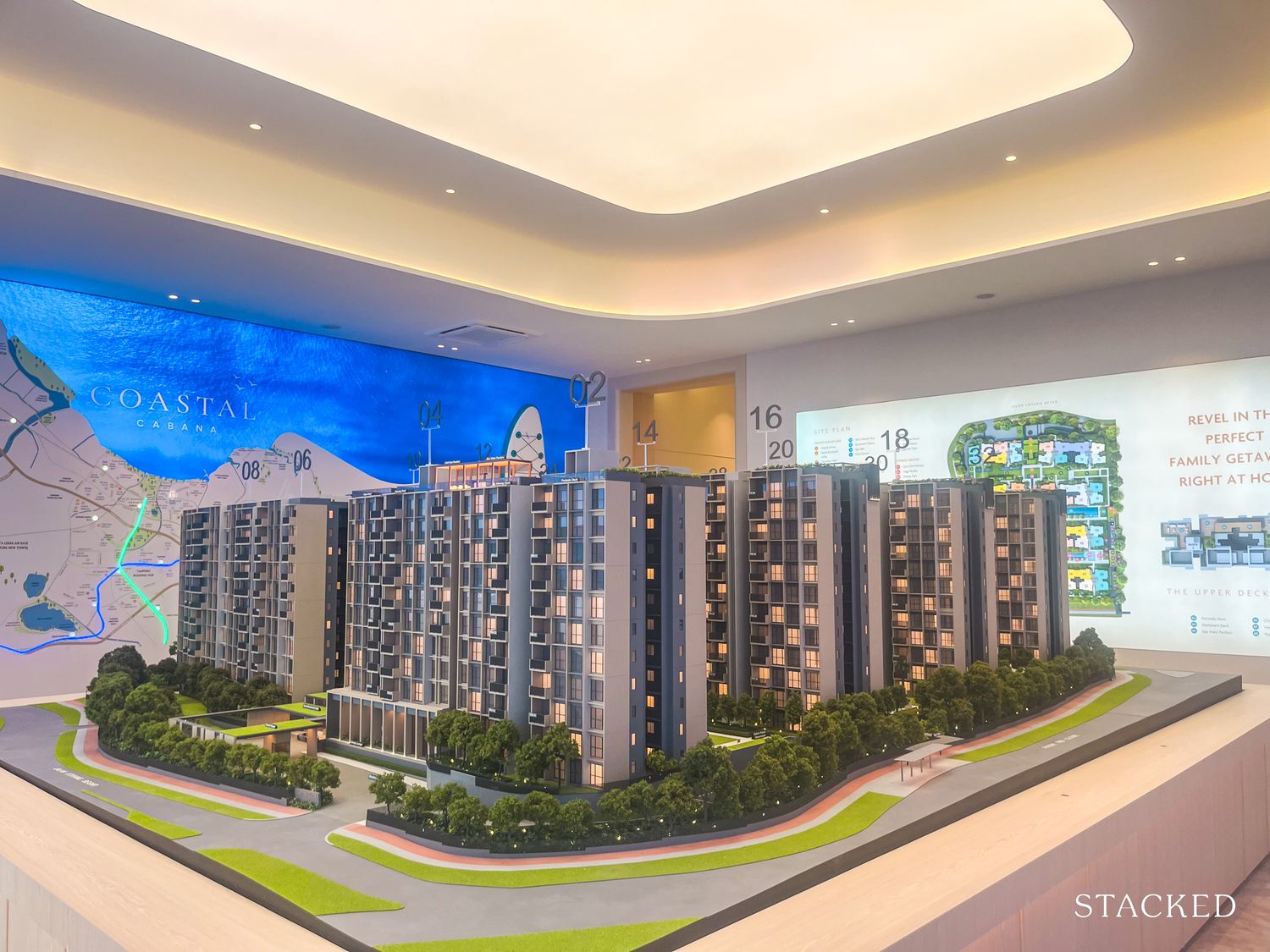
New Launch Condo Reviews Coastal Cabana EC Review: A Unique EC With Sea Views Priced From $1.438M
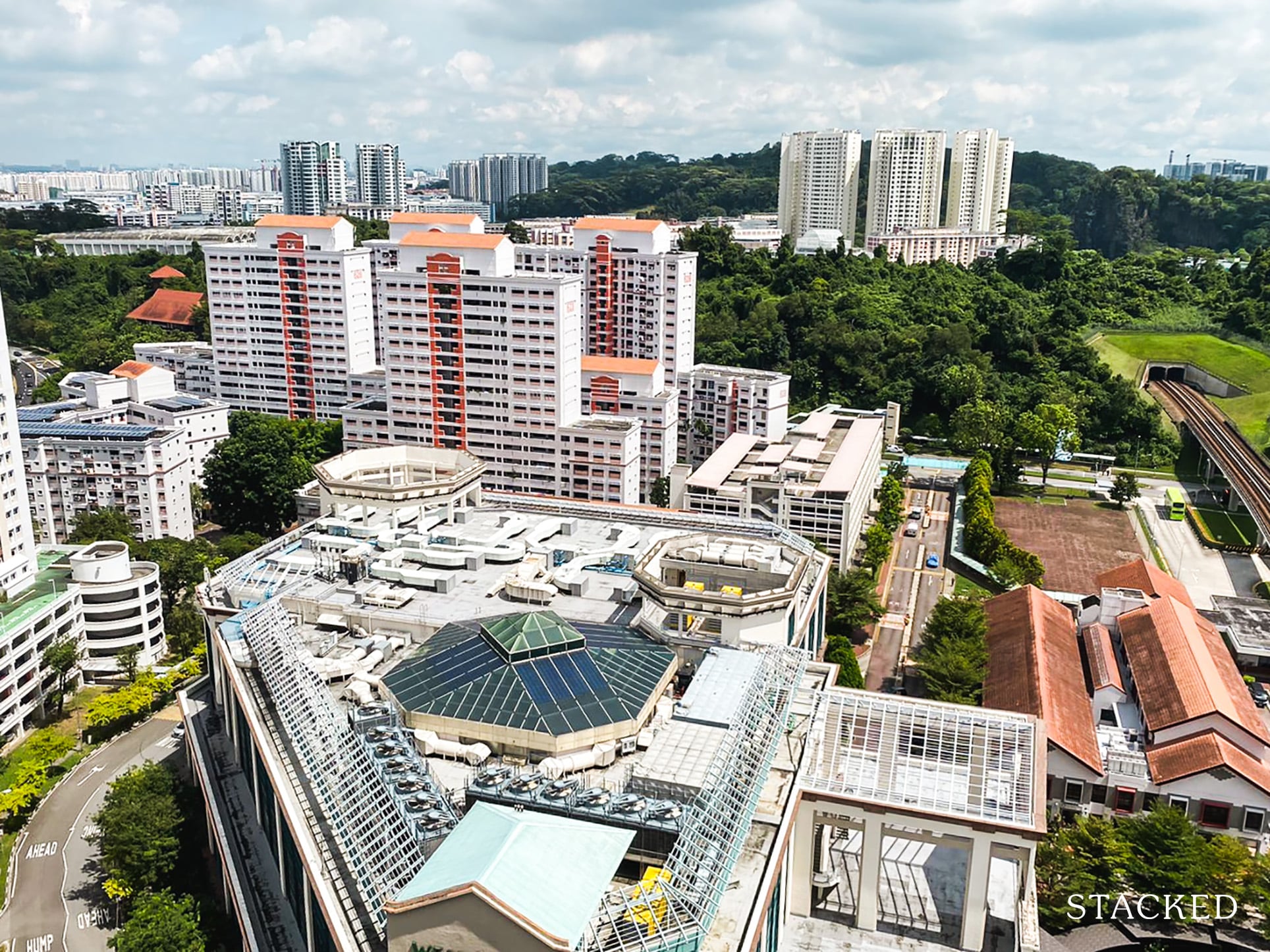
Property Market Commentary Which HDB Towns Sold the Most Flats This Year? The 2025 Rankings Reveal Some Surprises
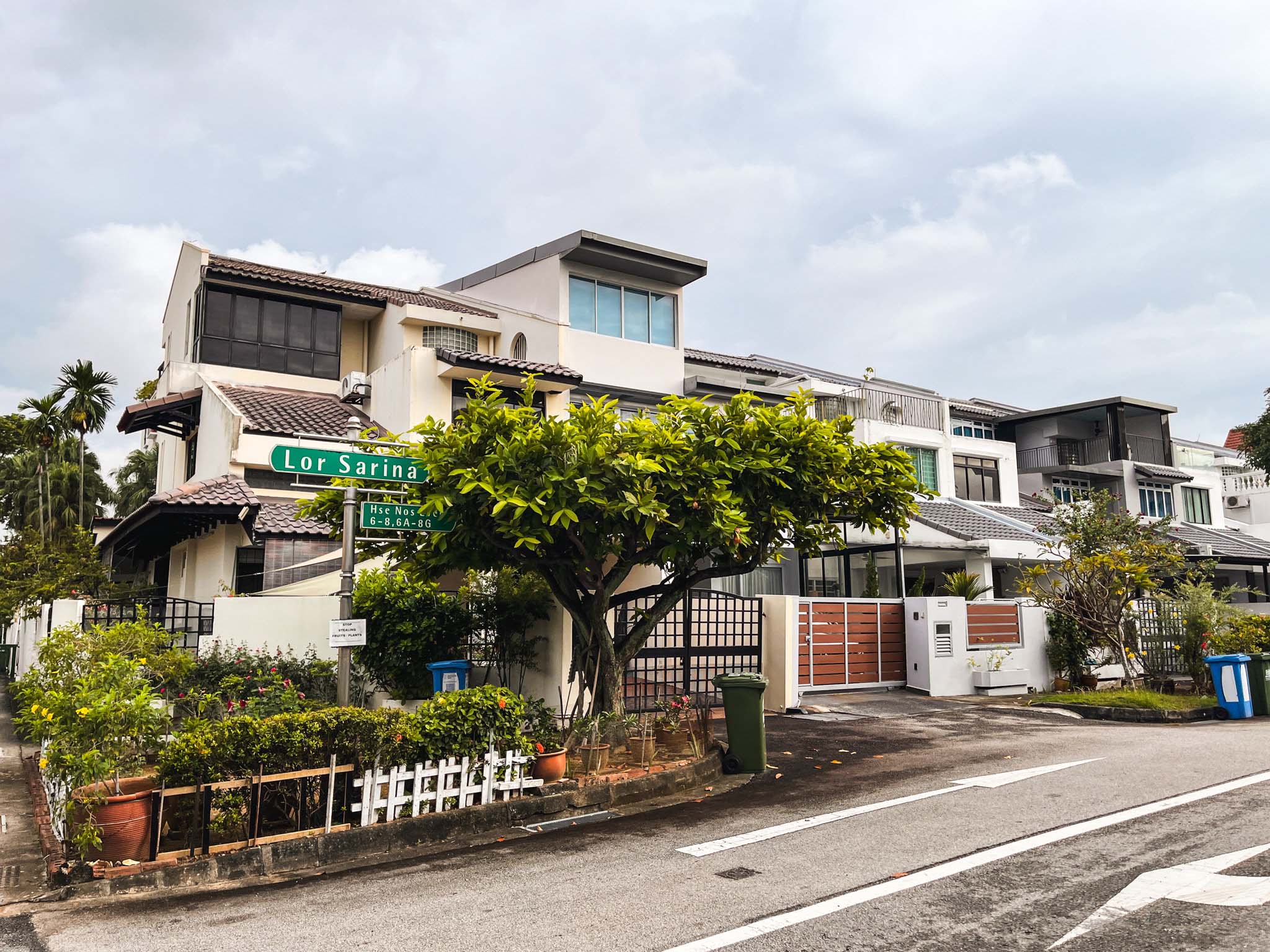
Landed Home Tours We Toured a Freehold Landed Area Buyers Overlook — It’s Cheaper (and Surprisingly Convenient) From $3.2M
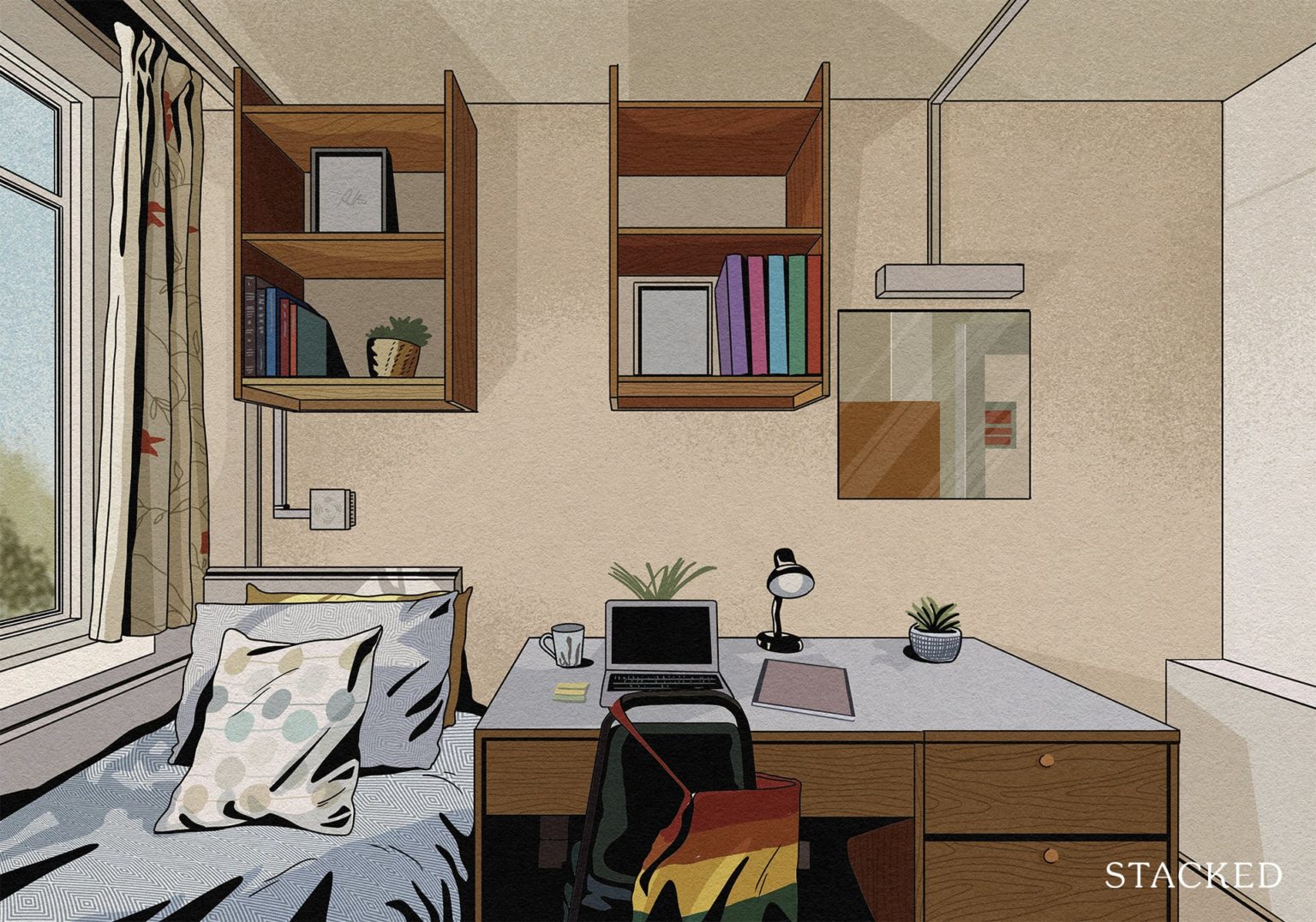
Singapore Property News The Hidden Costs of Smaller Homes in Singapore

Property Advice We Own A 2-Bedder Condo In Clementi: Should We Decouple To Buy A Resale 3 Bedder Or Sell?
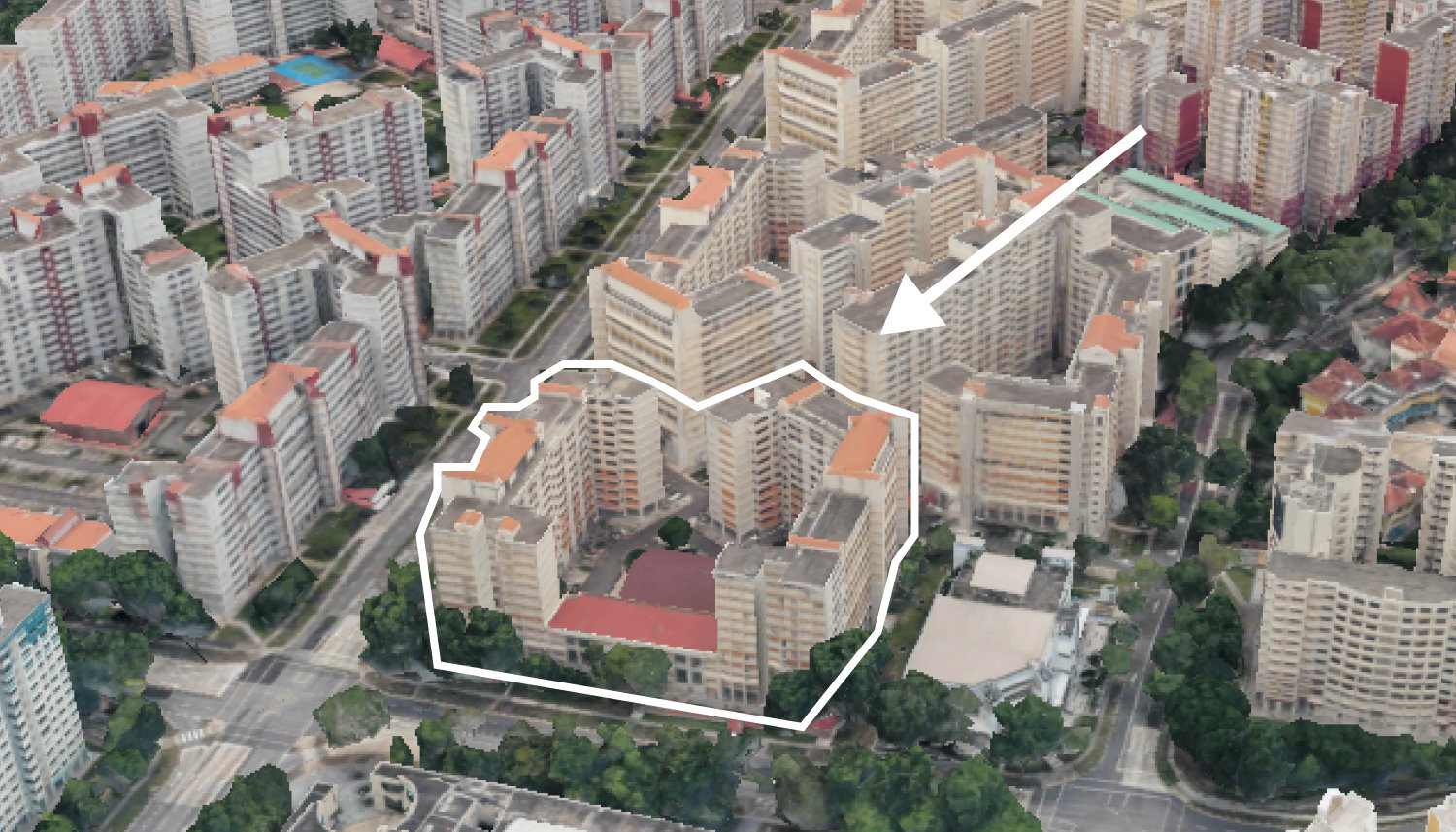
On The Market We Found the Cheapest Yet Biggest 4-Room HDBs You Can Buy From $480K
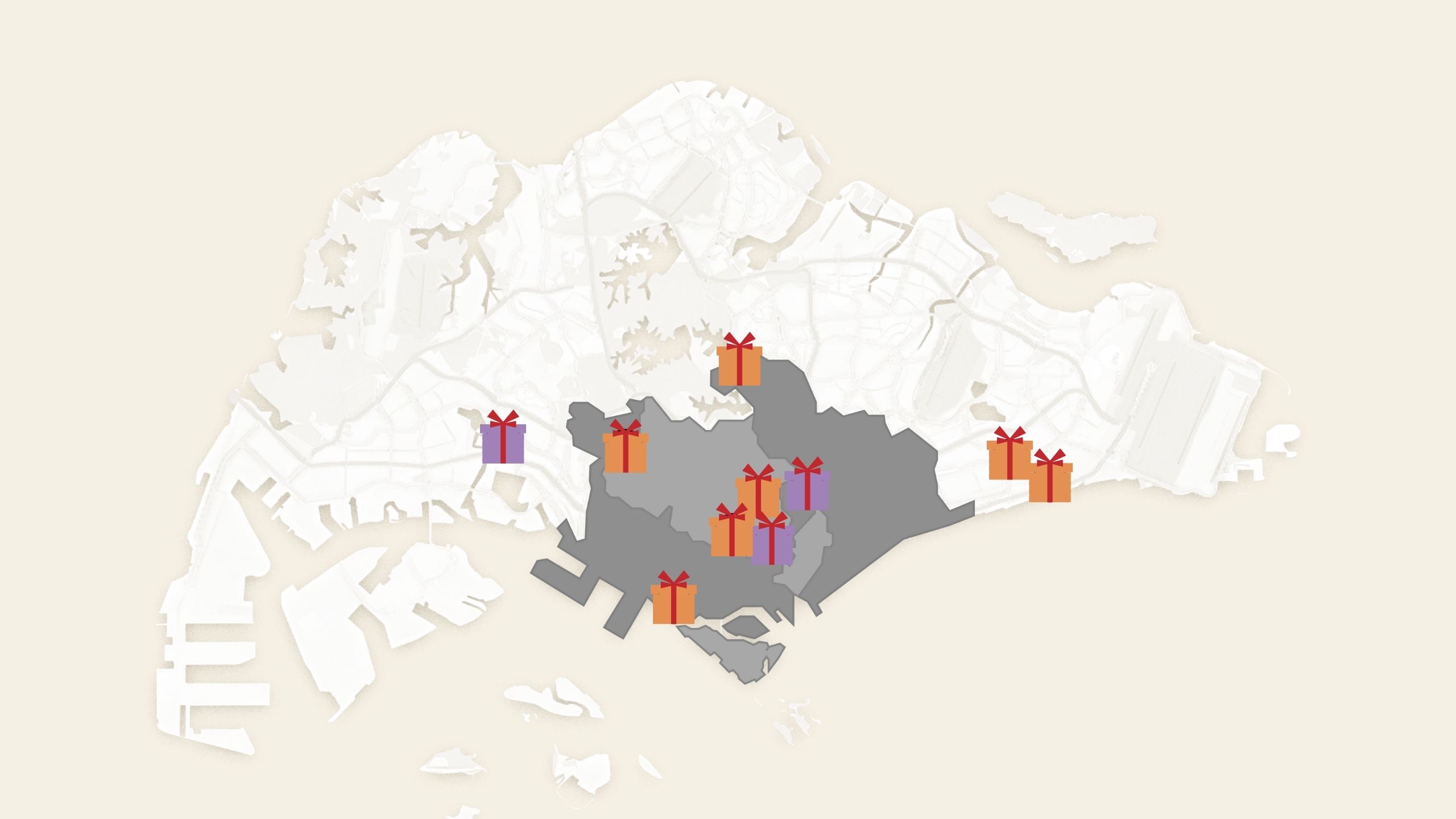
Singapore Property News 10 New Upcoming Housing Sites Set for 2026 That Homebuyers Should Keep an Eye On

Homeowner Stories I Gave My Parents My Condo and Moved Into Their HDB — Here’s Why It Made Sense.
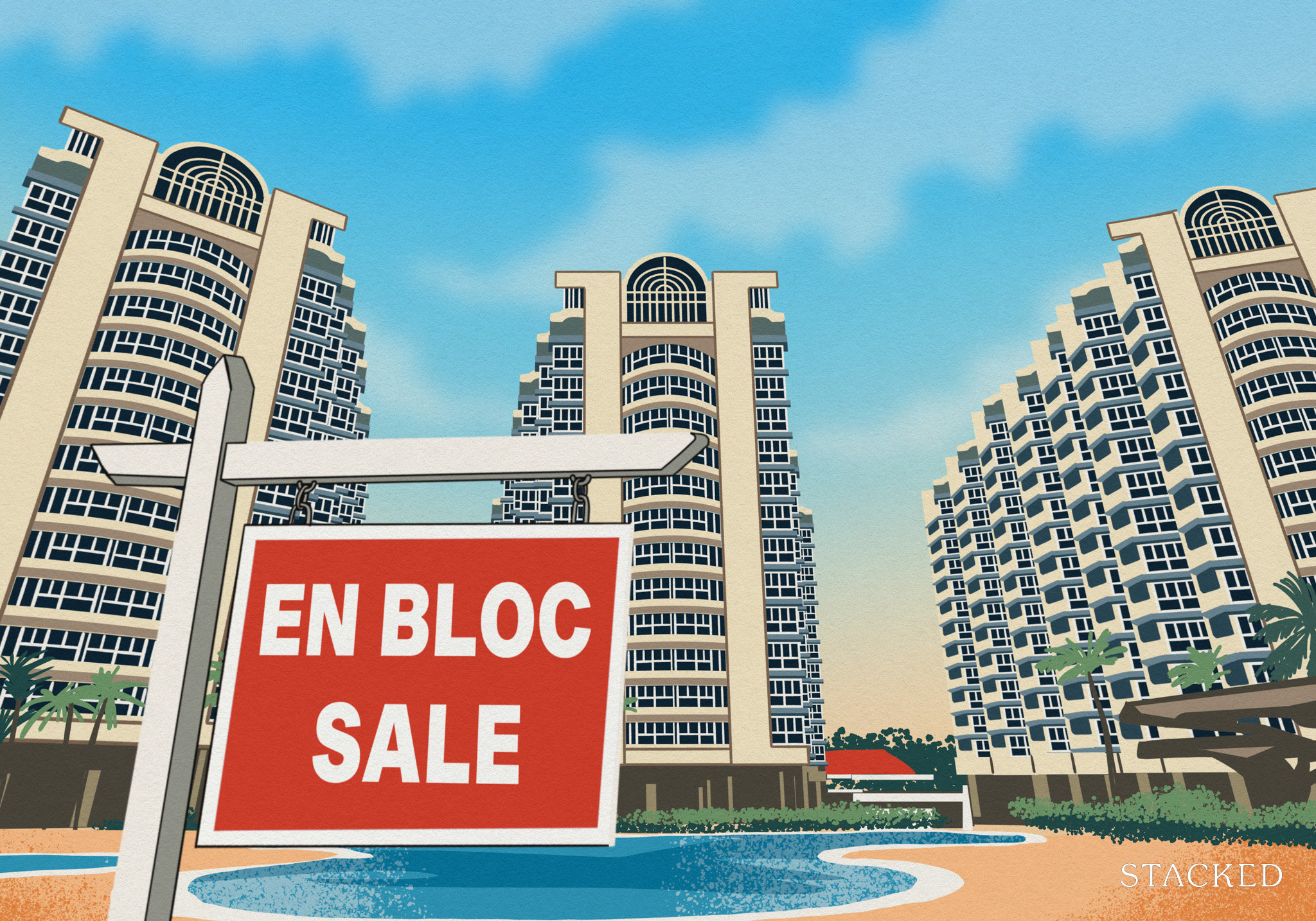
Singapore Property News Will Relaxing En-Bloc Rules Really Improve the Prospects of Older Condos in Singapore?
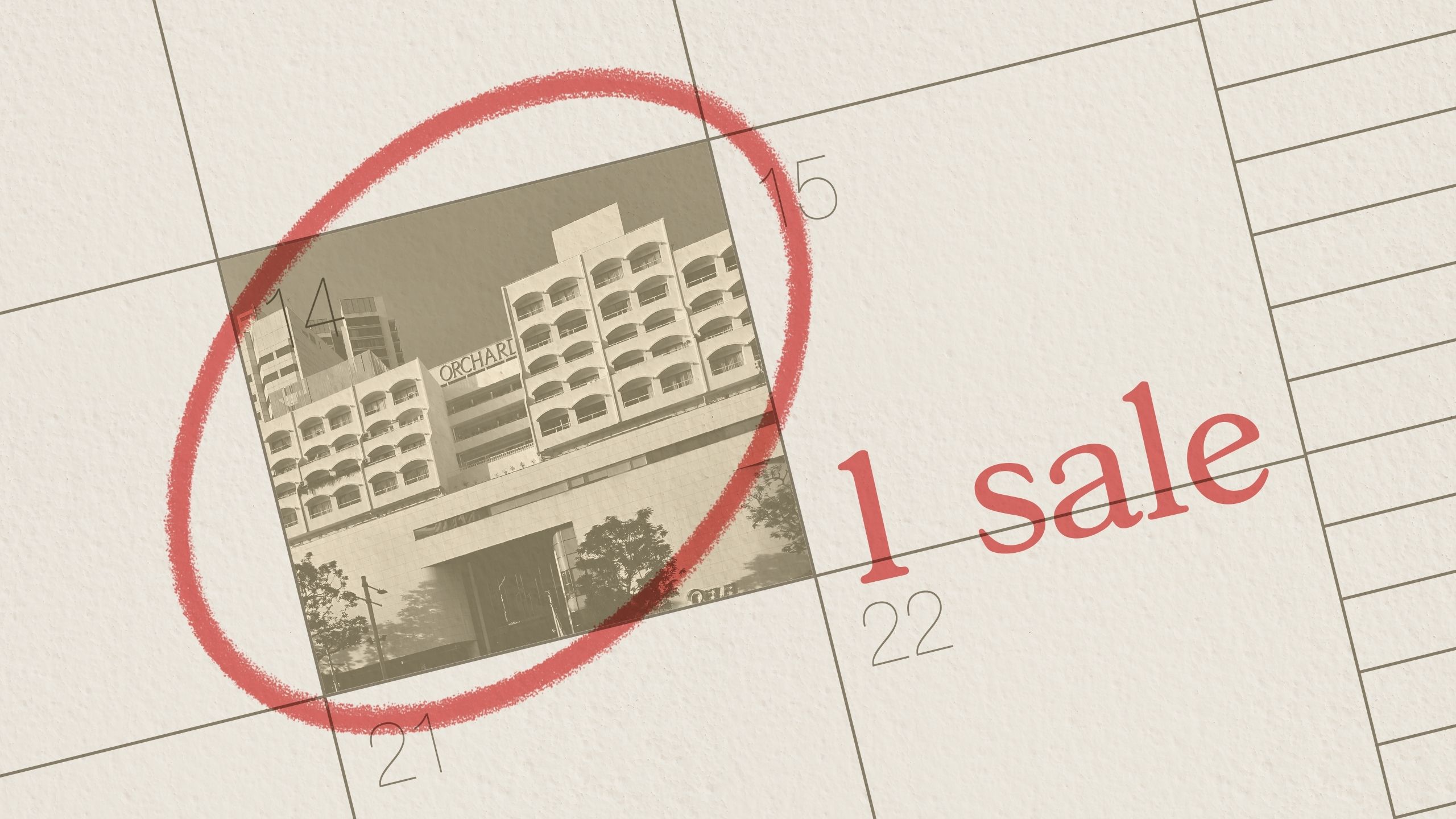
Property Market Commentary The Rare Condos With Almost Zero Sales for 10 Years In Singapore: What Does It Mean for Buyers?
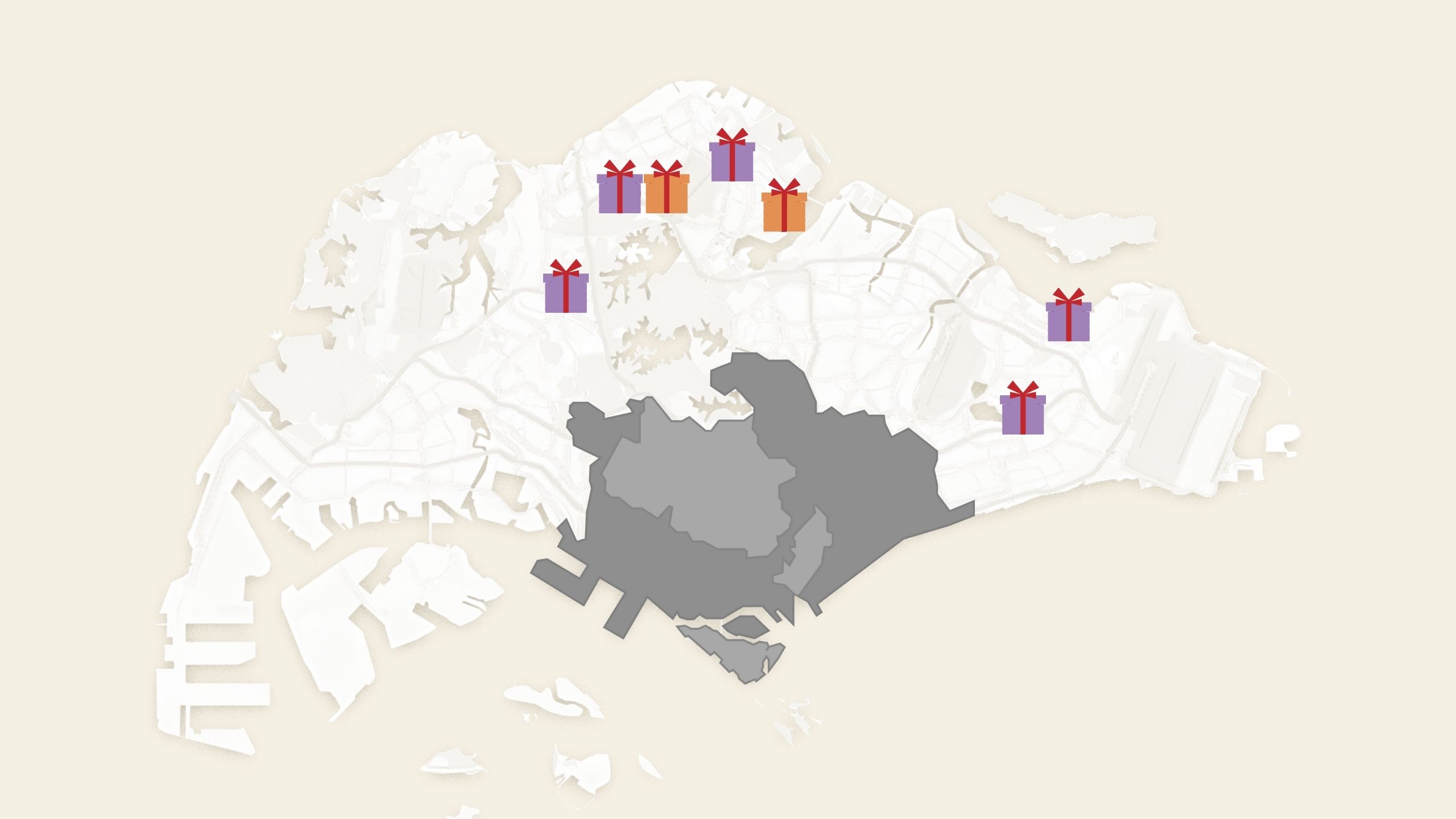
Property Market Commentary 5 Upcoming Executive Condo Sites in 2026: Which Holds the Most Promise for Buyers?
